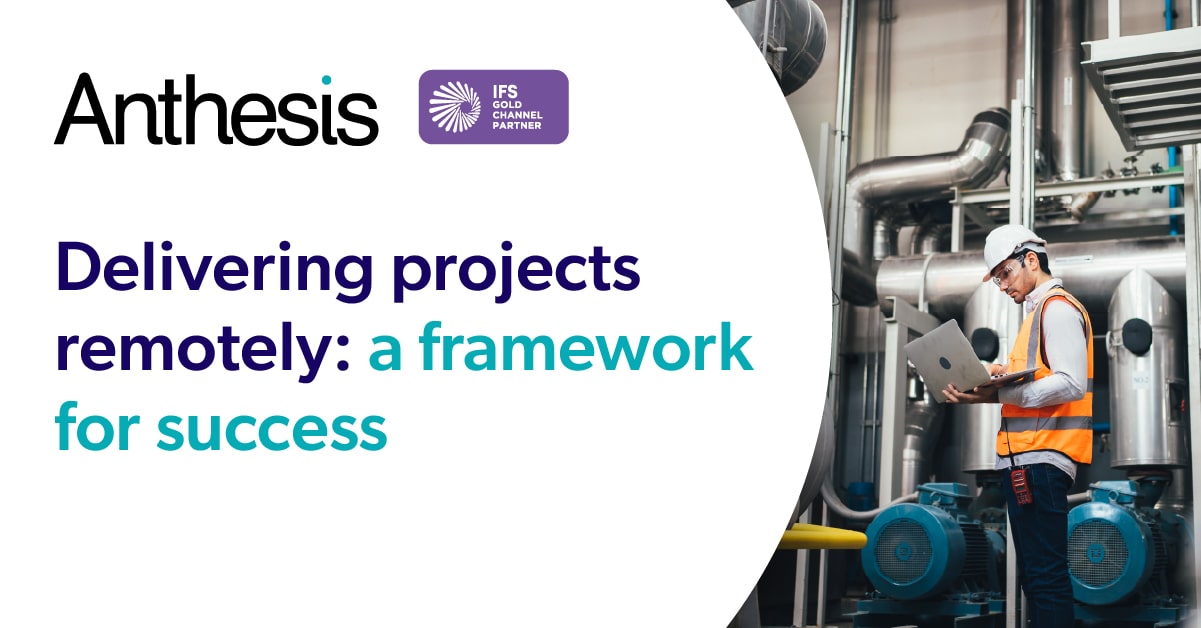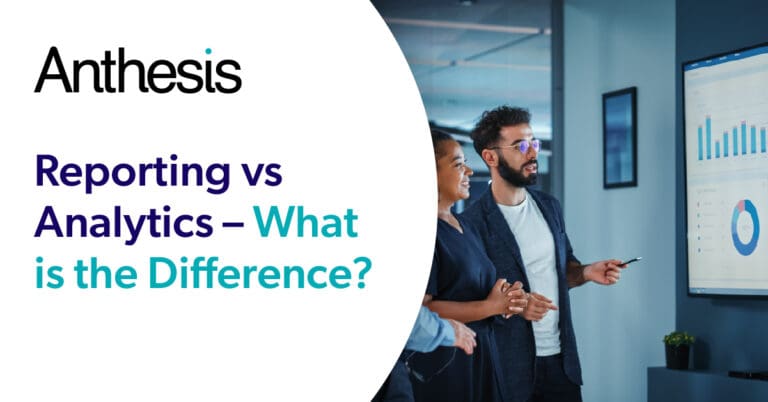In a post-pandemic world, successfully implementing change management and digital transformation projects remotely is still a growing challenge. From the pre-sales process through to full deployment and training; the meetings and workshops, which would have always taken place on site, are now increasingly taking place online. Technology such as Microsoft Teams and Zoom have become the defacto meeting rooms of choice for many.
Lockdowns forced a new normal, with the absence of being able to meet in person, or assess operations, processes and equipment in the real world. As well as making allowances for cultural adaptations and shifts in practices, the learning curve was focused on ensuring success in a more dispersed way of collaborative working for project teams.
The hybrid approach.
With the majority of the world having found its feet in this new way of working, using more stable, sustained practices that blend remote and on-site working, we took the opportunity to review our delivery methods for ERP projects. This included taking learnings and improvements forward into our permanent, future-focused project delivery models.
We found that, while face-to-face, on-site meetings absolutely have a role to play, there is a general acceptance that many workshops and training sessions could embrace the opportunities offered by a Cloud platform and also be delivered remotely. This approach does not impede quality but can in fact enhance efficiency, collaboration and increase take-up across the organisation.
Through adopting this kind of hybrid approach, we also improved our green credentials by travelling fewer miles and creating a better work-life balance for our delivery team. In addition, location independence allows us access to a wider pool of talent when recruiting.
However, with this shift comes some complexity. Our primary focus being on ensuring that workshops, which may previously have had many subject matter experts coming in and out throughout the day, are as effective as they would be on site. For example, how do we ensure that the understanding of the constraints on a machine are well understood if we cannot walk down and simply take a look? How do we manage equipment maintenance if an expert is not available because they are working from home?
In addressing some of these questions we have established a framework from which to ensure consistency, best practice and optimum performance from all those involved in a project.
Our 5 steps to successful remote project delivery are as follows:
- Ensure that every workshop has a pre-agreed agenda and any data to be used within the session is collated in advance. It is no longer always possible to quickly collate data from colleagues two rooms away. Diaries are often fuller with opportunistic Teams calls representing a regular aspect of a project.
- Ensure that you have a clearly defined, desired outcome in the form of either a set of deliverables or actions/decisions to be progressed. Leave enough time at the end of the session to confirm these have been achieved and that any additional activity is identified and documented.
- Respect the need for project team members to have blank time in their calendar. Working out of the office means we often rely on the coloured lamps on many of our IM platforms to determine if someone is free – but just because it isn’t a meeting does not mean a team member is instantly free for more work.
- Make use of inbuilt cameras and visual aids in workshops. Words are fine, but without the non-verbal cues, understanding the meaning behind conversation can be harder.
- Consider split sessions. A whole day on a Teams workshop is exhausting so maybe have a different team in the morning to the afternoon to keep interest and avoid “Meeting Fatigue”.
Embracing new opportunities
Change brings both challenges and opportunities, and any new ways of working should always be kept under review to ensure continuing success.
Whilst our framework doesn’t profess to represent a silver bullet in getting the balance between on-site and online right, as different projects will have unique characteristics and demands. However, it does provide a benchmark for getting the most out of remote project delivery.
In embracing a virtual or hybrid model, therefore optimising the time your team spends on digital transformation projects, there are many benefits to realise. Delivering these against a comprehensive framework and ensuring the highest standards throughout will ensure that these benefits are maximised for optimum performance at all stages.



